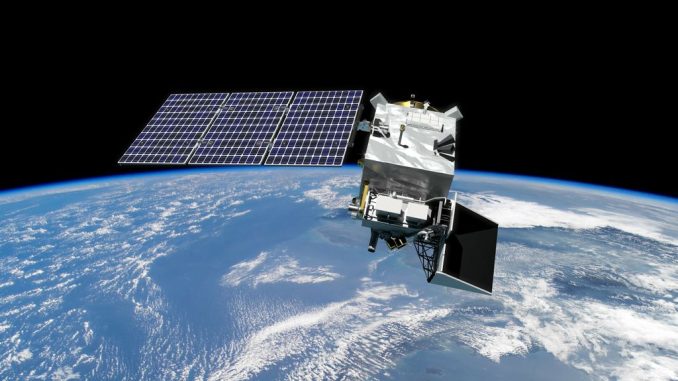
Investigating Clouds and Aerosols: A Crucial Aspect of Global Warming
Global warming and the resultant climate change are pressing challenges confronting humanity today. In these delicate dynamics, how do clouds and aerosols fit in? Often left in the backdrop, their prominent role is yet to be fully unearthed. The National Aeronautics and Space Administration (NASA) is ready to churn the wheels of investigation, with a climate satellite specially designed to shed light upon this significant aspect of climate science.
Understanding the Role of Aerosols
Aerosols, minuscule particles or liquid droplets suspended in the air, is now in the spotlight. It includes an array of substances like soot particles from exhaust emissions or forest fires, sand from deserts, pollen grains from plants, and even tiny moisture droplets responsible for virus transmission. Each of these aerosol types interacts differently with sunlight and, therefore, contribute distinctively to the earth’s warming or cooling process. Aerosols are known to have a cooling effect on the climate primarily because they reflect sunlight back into space. This prevents solar energy from being converted into heat. Also, aerosols serve as condensation nuclei for water droplets to form clouds. The brighter a cloud is (due to more aerosol particles), the more sunlight it reflects, leading to further cooling. Regions with high pollution tend to warm up less rapidly. However, it’s essential to highlight that this does not signal a green flag for pollution, as it also leads to grave health consequences and is often accompanied by greenhouse gas emissions.
Aerosols and the Climate: A Balancing Act
While many aerosols have a cooling effect, there are exceptions. Some aerosols are too small to form cloud droplets, while others, like soot from forest fires, absorb light, leading to warming, similar to greenhouse gases. The satellite, PACE, armed with a Dutch-made instrument, SPEXone, will probe into these various aspects. It will measure different types of aerosols, their size, their interaction with light, and how they affect cloud formation — an attempt to ascertain the net balance between cooling and warming due to aerosols.
Implications for Climate Research
These investigations hold immense value for climate research. Current climate models incorporate the effects of aerosols but with a considerable margin of unknowns. This uncertainty can skew predictions by as much as two degrees, a significant deviation when considering future climate scenarios. The data from the PACE satellite will significantly refine these models, leading to more accurate projections. It will enable researchers to conclusively decipher the role aerosols play in our changing climate, paving the way for better climate policies. Although there is anticipation that the cooling effect may be less pronounced than expected (which would imply lesser temperature sensitivity to increasing greenhouse gases), prior research points towards a greater masking effect of aerosols and clouds. This implies that the elimination of pollution would potentially accelerate warming due to greenhouse gases. Therefore, despite the pressing need for more accurate data and the potential surprises this investigation may bring, the bottom line remains that addressing pollution and reducing greenhouse gas emissions continue to be imperative for mitigating the worst impacts of climate change.

Be the first to comment